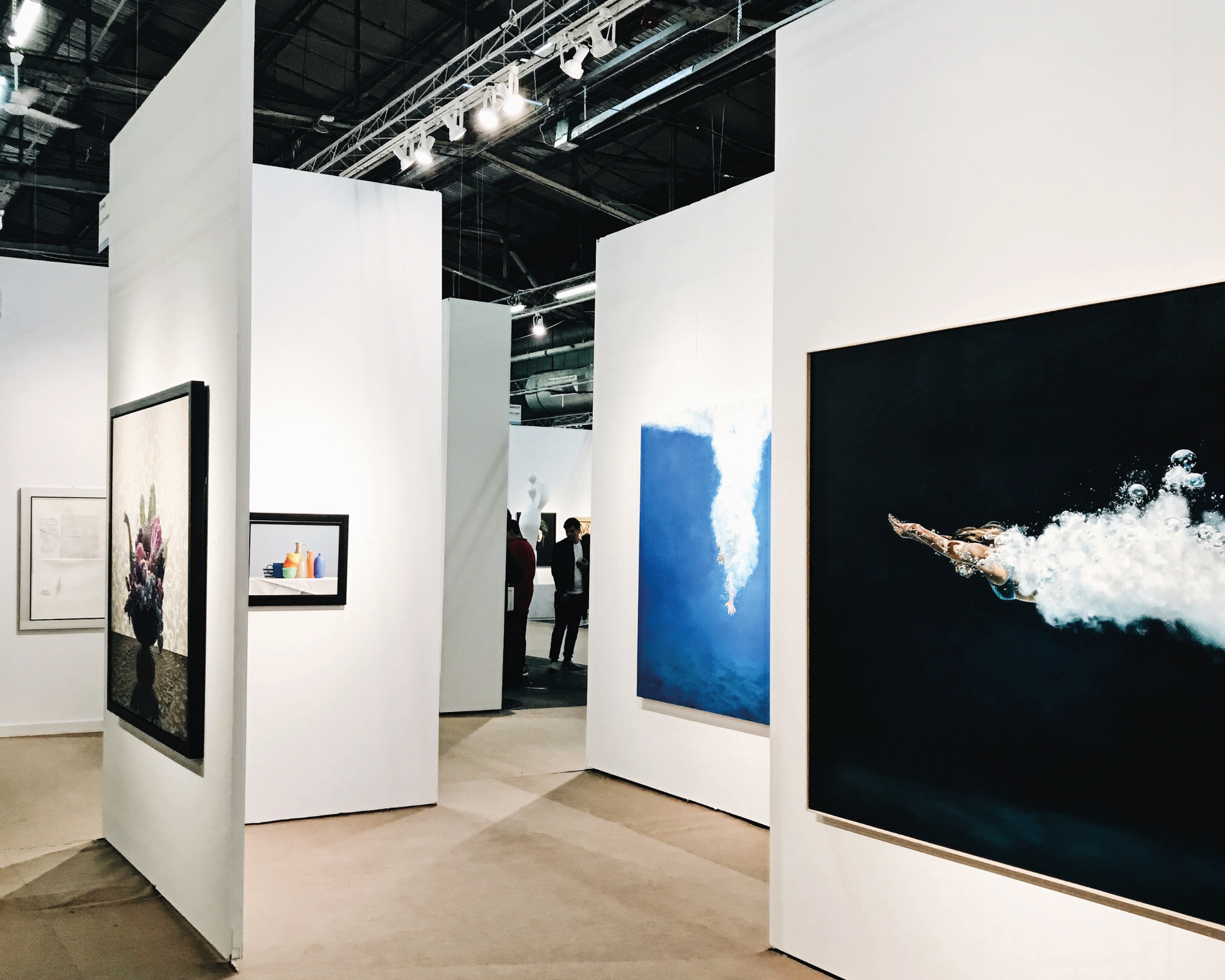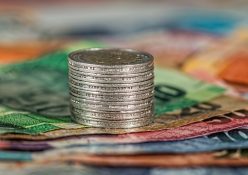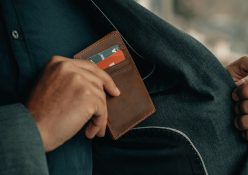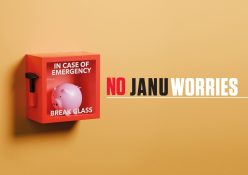Art is more than just decoration and a relief to the eyes. It’s also a pretty good investment when taken seriously, and done right
Are you a fan of the impressionist or Classical Art movements? Or are you more of a Banksy enthusiast? Whatever it may be, art brings liveliness and brightness to any space it occupies, from mosaics and ceramics to oil paintings and threaded patterns. But how do we know we’re making the right investment with art?
Why Art?
In an article, Gqeberha-based artist, Farook Mohammed spoke about how important it is to preserve and capture the beauty around us. Other than the money factor, he says that local art is important to invest in because not only do you make money from it, but you also contribute to its preservation. We see art as therapeutic, as decorative, as emotional and volatile. Similar to any other investment, even art is based on figures and competition. Choosing an artist to invest in may seem like something based on chance, but if you play your cards right, an up-and-coming artist may just skyrocket to success – and the cash value for their work too.
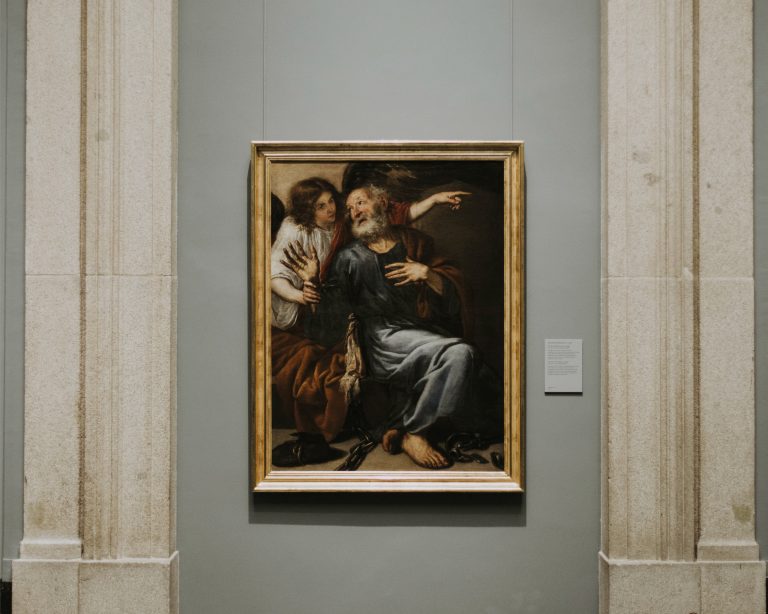
The Nitty-Gritty
Investing in art is more calculative than just a ‘passion for art’ – since its focus is on the long-term financial benefits that it could bring. Investing in art is a lot different than simply buying a painting or two. Doing your research is going to be important, especially when authenticity is involved. If you purchase from a gallery or auction house, make sure you have a certificate of authenticity, and don’t be shy to seek professional third-party advice about an artwork.
It’s a World of its Own
It may be a numbers game, but one thing about art investment is that an asset’s value doesn’t rise or decline with the stock market. Even if your stocks are in the gutter, your art investment may be doing really well. Plus, art really increases in value as time forges on – think of how much art increases in value when the artist has passed, compared to when they’re alive (as sad as it is). But this shouldn’t deter you from investing in emerging artists, despite the fact that it can be quite a bit of a gamble whether that artist makes it big or not. Many investors also keep art in their estate as assets to pass on, since art never really ‘goes out of style’.
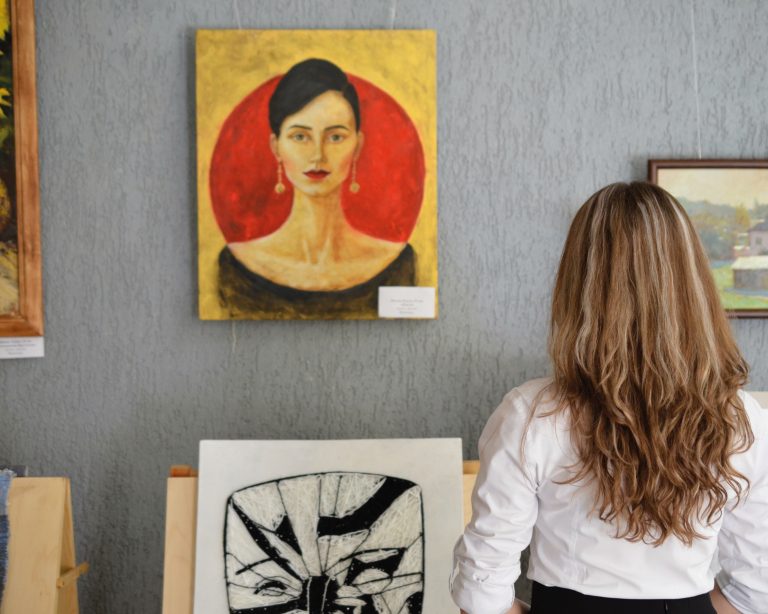
If You Ask Us…
Focus on one category – choose a category or style of art that most interests you (still life, abstract, iron sculpture). It’s easier to become a master in one sphere than to focus on too many areas and not know much about them. This way you can make a clearer decision about the art you invest in.
Start small – like with any investment, it shouldn’t be rushed. Budget your earnings and expenses well so you can gauge the market responses of an art investment.
Keep up with the times – check out what’s making people tick overseas, or in the bigger local areas of the art world. When there’s enough demand for a particular genre of artwork, put your investment up for sale.
Go to fairs, auctions and exhibits – these can help you narrow down your search for what art or artists you’re most drawn to. Plus if you live in or near the city, you should be close to fairs, galleries and art showcases. If not, browse art websites, or use your social media to find artists.
Some Dos and Don’ts
Investing in art is a long-term investment, so some patience is a given, and can pay off if done well. First decide how much money you’re willing to spend – what can you afford if the artwork should depreciate? Take into account the possible storage and maintenance costs, too.
Research, research and more research. If you can, contact the artist yourself and discuss their art with them before making an investment. Most of the time, asking questions doesn’t hurt anyone. Ask the dealer or auction house about the work of art till you’re certain it’ll be worthwhile.
Don’t get lost in the price. If you feel an artwork is underpriced compared to what it commands, check the authenticity and if this artwork is regularly forged or illegally traded. Always ask for certificates of authenticity and licences. Check on the insurance options and maintain your purchase well.
Words by Saadiqah Schroeder
Photography: Pexels, Unsplash



